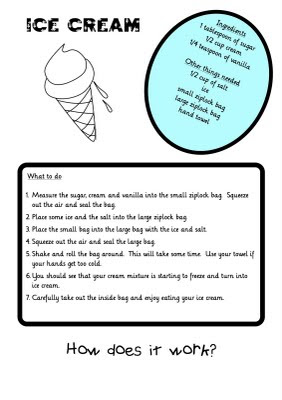Have you every looked at a rainbow and wondered our it happens. Well the Year 5 and 6 students at EHS have figured it out.
The light that we see around us looks like white light but really it is made from 7 colours.
RedOrangeYellowGreenBlueIndigoVioletThese are all the colours of the rainbow and form part of the
visible light spectrum.
To be able to see these colours the light needs to refract or change direction. This happens when light hits a CD, prism or rainbow glasses. Because each colour travels at a slightly different speed when the light refracts the colours spread out in different directions.
A raindrop acts just like a prism. The sun shines through the rain drops in the air and the light is refracted. As the light changes speed it also changes direction and all the colours spread out for us to see.
When we looked at light through these rainbow glasses we could see all the colours of the rainbow.

Mr Powell took a photo through the glasses and this is what he saw.

We also had a go at making our own water prism by shining a torch at a tilted mirror half in water. We had to persevere to get it to work but we did manage to reflect rainbows on the roof.

The primary colours of light are
red,
blue and
green. Click on the link below to see what happens when you mix coloured lights.
Mixing Coloured Lights
 Over the school holidays I visited the beach at Clifton in Hawkes Bay. This is a great place to see how rock layers form in the earth. The cliffs are gradually eroding away to reveal the layers of rock. You can also see how the cliff is sinking down at one end.
Over the school holidays I visited the beach at Clifton in Hawkes Bay. This is a great place to see how rock layers form in the earth. The cliffs are gradually eroding away to reveal the layers of rock. You can also see how the cliff is sinking down at one end. The rock is sedimentary and is formed as sediment (mud and silt), pebbles and sand are squashed together over millions of years. These rocks would have once been under the sea.
The rock is sedimentary and is formed as sediment (mud and silt), pebbles and sand are squashed together over millions of years. These rocks would have once been under the sea.
 Some of the rock is softer than the rock around it so it is washed away by water more quickly. This forms interesting shapes. This is called weathering.
Some of the rock is softer than the rock around it so it is washed away by water more quickly. This forms interesting shapes. This is called weathering.











